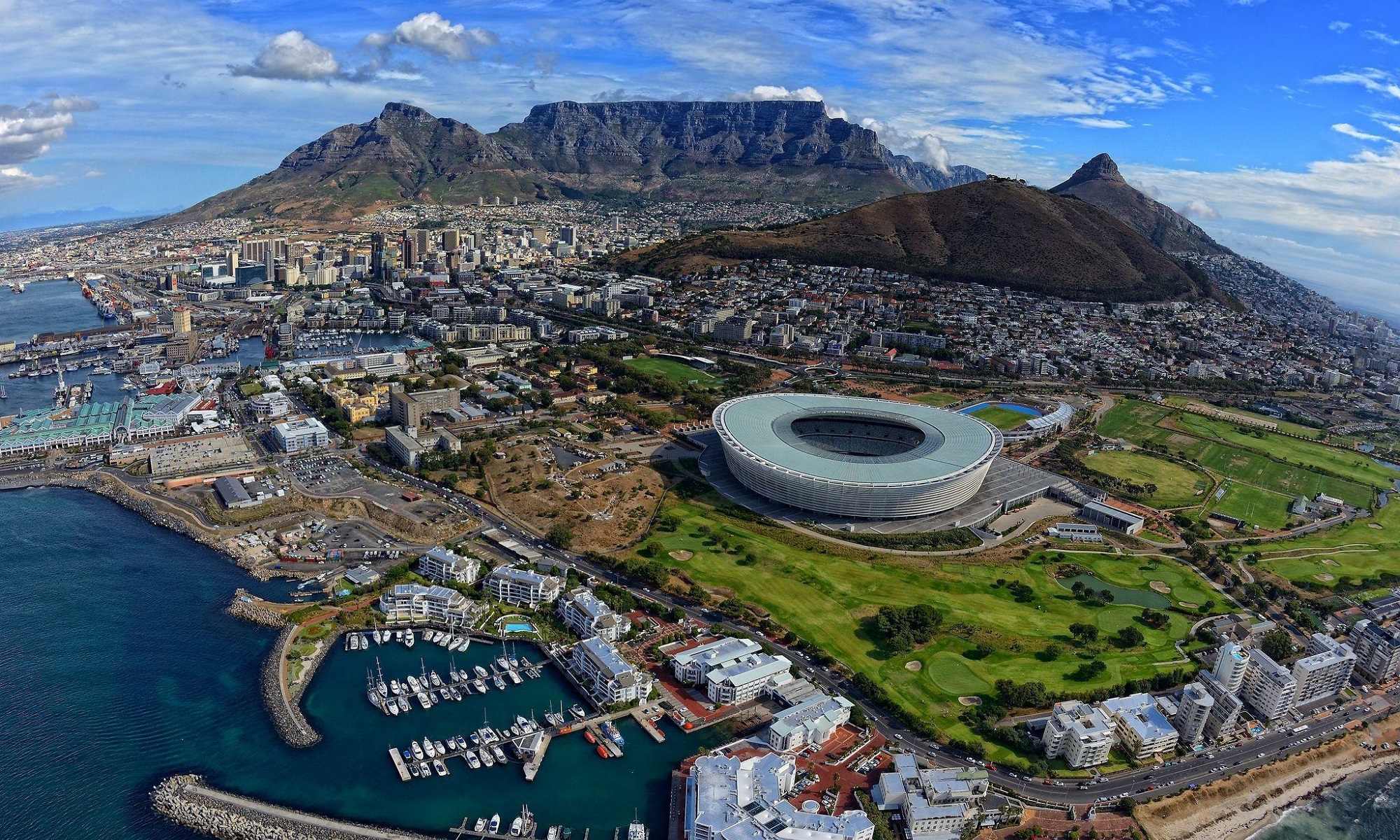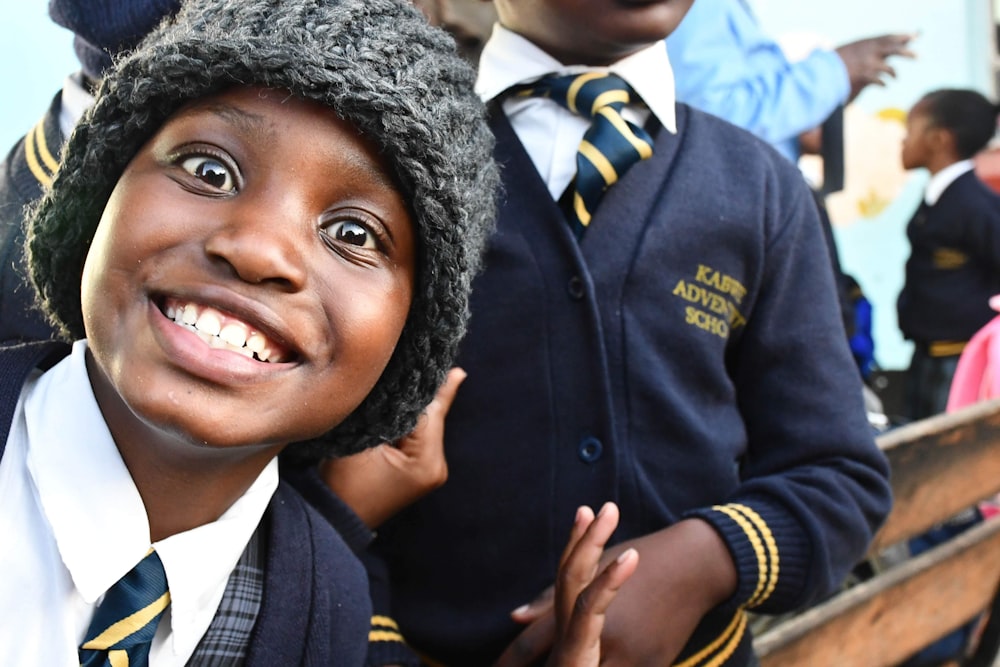
About 20% of all expenditures of the country go to this sphere from the budget annually. Although, as of 2021, there are still many problems and shortcomings, the government is on the right course aimed at developing the younger generation and creating its specialists.
The education system in South Africa is represented by private and public schools. Approximately every tenth institution in the state is commercial. Education in them is paid, in-state ones – the budget is calculated for the children. The academic year in the country begins in mid-January and lasts until the end of November or early December.
A South African diploma or certificate is considered a serious argument for confirming the degree of education not only in Africa but also far beyond its borders. Despite this, there are no more than 30,000 foreign pupils and students here. At the same time, there are enough foreigners interested in studying. This is explained by the low cost, for example, for 1 completed course in a higher educational institution, a student must pay only 3-4 thousand dollars. At the same time, he has the right to use the numerous funds and cash desks that assist students.
Primary School
Preschool education in South Africa begins with preparatory classes. Having reached the age of 5–6 years, children visit it, increasing their knowledge of the world around them and starting to perceive the preliminary skills of reading and writing. The initial course, unlike the Russian one, lasts for 9 years and is considered mandatory for everyone.
Although the industry is well funded, parents in most schools contribute a small amount for each child. However, despite this, a list of primary institutions where education is completely free was recently compiled. It should be noted that the list is expanding every year.
The school year of primary education is divided into 3 degrees of 3 years each. At the end of each, students perform a final test, which determines the results of education and assimilation of the acquired knowledge. Regardless of the result obtained, the child moves on to the next degree. The school curriculum is almost the same everywhere and does not differ depending on a particular school.
As mentioned earlier, although the state pays great attention to the education of the population, there are a lot of private commercial schools in the country. The curriculum in them is identical to the state, the only difference lies in the appearance of the students. Budget institutions adhere to strict criteria:
- The presence of a school uniform of the established sample.
- Short hair for boys and long, tied hair for girls.
- The complete absence of cosmetics on the face.
- Exemplary behavior without violations.
- Commercial schools in South Africa allow some concessions in this regard, although the law obliges them to adhere to the standards set by the state.
Interesting! There are 11 officially recognized national languages in the Republic, textbooks are published in each of them. But mostly the course is taught in English.
Secondary school
After completing 9 years of education, students move to secondary school. The knowledge gained at this level is distinguished by its in-depth and specific perception of the natural sciences and foreign languages. Schools in this range are divided into several categories. Because they offer vocational education, they are called colleges.
A 12th-grade graduate aged 17-18 takes an exam to obtain the National Certificate of Secondary Education. Its holder receives the right to apply for further admission to a higher educational institution and continue his studies.
High education
Higher education can be obtained in two types of institutions: universities or technicians. The difference between them is that the latter uses a more in-depth study of the technical part.
The number of establishments of this kind has already reached 130, of which only 23 are funded by the state, the rest are private. In other aspects, there is no difference.
Depending on the goal pursued by the applicant, the course can consist of 3 steps:
- Undergraduate (student, inexperienced, beginner – English), can last from 3 to 6 years. After completing the program, the student receives a bachelor’s degree.
- Postgraduate (postgraduate, graduate student), after studying for another 2 years, you can get a master’s degree.
- The doctoral degree becomes available after a two-year course.

